Three points to improve labor productivity at food supermarkets!

In recent years, as prices of goods and utility bills have soared, food supermarkets and retail stores that sell food and beverages continue to face difficult business conditions.
Under these circumstances, in order for food supermarkets and other organizations to efficiently generate profits, it is important to implement measures to increase person-hour productivity.
In this article, we will explain the overview, characteristics, and issues of human-hour productivity at food supermarkets and food and beverage retail stores, and then explain the measures necessary to increase human-hour productivity at these stores.
In the second half of the article, we will also discuss rapid and flash freezers that are useful for improving man-hour productivity.
目次
- 1 What is the human-hour productivity of food supermarkets and food and beverage retailers?
- 2Characteristics and issues of human-hour productivity in food supermarkets
- 3 Three ways food supermarkets can increase human productivity
- 4Improving productivity per employee using rapid or flash freezing
- 5 Conclusion
What is the human-hour productivity of food supermarkets and food and beverage retailers?
Person-hour productivity refers to the gross profit made by one employee in one hour.
Gross profit is the figure obtained by subtracting miscellaneous expenses (cost) from sales (sales price) of products and services, etc. Person-hour productivity is calculated using the following formula.
- Person-hour productivity = gross profit of all employees (sales - miscellaneous expenses) ÷ total working hours
In the case of food supermarkets, man-hour productivity is said to be around 2,500 to 3,000 yen.
Unfortunately, this number is not high compared to other industries such as manufacturing and accommodation.
Characteristics and issues of human-hour productivity in food supermarkets

Next, we will explain why the human-hour productivity in supermarkets and food and beverage retailers is lower than in other industries.
Highly dependent on human resources
In the case of food supermarkets and food and beverage retailers, there are many jobs that rely on human labor, as shown below, and they are considered to be labor-intensive industries with high labor costs.
- Cash register
- Product packaging
- Product replenishment
- Discounts on side dishes, etc.
For example, when it comes to tasks such as product replenishment and discounting, the decision as to whether or not to perform them now depends on the product's sales.
In the case of food supermarkets, etc., there are many operations that require adaptability, making it difficult to improve efficiency like in other industries.
In addition, small-scale food supermarkets and other businesses tend to be slower than other industries in building systems for product management, and their dependence on human resources remains high.
Work volume tends to be uneven
Although there is some overlap with the previous point, the workload of food supermarkets and food and beverage retailers has characteristics that vary greatly depending on the following factors.
- time zone
- day of week
- sale
- Purchase status
- sales etc.
Additionally, the workload of food supermarkets varies greatly depending on the department.
For example, the person in charge of the cash register department is busy during times when the number of customers is high, and the person in charge of prepared foods and daily delivery items is busy immediately after receiving products from factories and production areas, and during cooking time.
In the case of major supermarkets, there is often a division of labor between fresh fish, prepared foods, and the cash register, but in the case of division of labor, there is a possibility that there will be time when the cash register staff etc. are not busy.
In this way, food supermarkets tend to have uneven workloads, which tends to lead to a decline in human-hour productivity.
Human-hour productivity varies greatly depending on department.
There are several types of factors that reduce human productivity. One example of this is various types of "loss" such as disposal loss and operation loss.
As mentioned earlier, in the case of major supermarkets and food and beverage retailers with many departments, each department has its own losses, which tends to cause differences in human-hour productivity between departments.
For example, in the case of the prepared foods department, while it has the advantage of providing added value in the form of ready-to-eat high-quality prepared meals to many customers, it requires labor to prepare and there is a lot of waste. Man-hour productivity tends to be low.
Three ways food supermarkets can increase productivity

In order for food supermarkets and food and beverage retailers to increase manpower productivity, it is important to increase operational efficiency and increase gross profit with fewer resources. To this end, we recommend implementing the following measures.
Appropriate staffing
First, we will take inventory of operations in each department and review the personnel assigned. The important things when reviewing personnel allocation are assigning the right person for the job and monitoring effectiveness.
If you do not assign the right person to the right place, the service quality may deteriorate due to the staff's lack of experience and skills.
In addition, if you ignore your staff's wishes and abilities, the staff's motivation may decrease.
Assigning the right people to the right places not only improves productivity, but also improves staff motivation and service capabilities.
In addition, by appropriately verifying the effects of staffing, if things are going well, you can consider the next measures, and if there is a decline in service quality or staff motivation, you can quickly address the situation.
Reducing excess inventory
For example, if you purchase a large number of products simply because they are popular, it will take a lot of effort just to manage the inventory.
Also, if the product does not sell well, there is a high possibility that gross profit will decline due to food loss.
In order to solve these problems and improve man-hour productivity, it is important to optimize inventory management. By keeping only the amount of inventory you need, you can reduce the hassle of inventory management and food loss.
Operations review
In order to improve man-hour productivity, it is also important to review operations.
In particular, aim to reduce wasteful ancillary tasks. Ancillary operations are operations that do not generate profits on their own, such as liaison between the management headquarters of a supermarket and each store, input work for sales and inventory management, and are also called "non-core operations."
In recent years, as part of the DX (digital transformation) initiative led by the Japanese government, an increasing number of supermarkets have introduced IC tags and self-checkout systems.
By introducing these tools and systems, it is possible to reduce the ancillary tasks previously performed by staff and improve operations.
Improving productivity per employee using rapid or flash freezing

As mentioned earlier, in the case of food supermarkets and food and beverage retailers, the problem is that labor productivity in the delicatessen section that involves cooking is particularly low. In order to improve manpower productivity in the delicatessen department, it is recommended to improve operational efficiency by using a rapid or flash freezer.
Next, we will discuss the benefits of using a rapid or flash freezer to food supermarkets and food and beverage retail stores.
You can make cooking work more efficient
In a typical prepared food department, it is necessary to monitor product sales and prepare food according to peak times. By installing a rapid or flash freezer, you can use your staff's free time to prepare food in bulk and then freeze it.
If you cook in batches after implementing a rapid or flash freezer, it will be easier to reduce staff's working hours.
Food loss decrease
using a rapid or flash freezer will change the operation of the delicatessen department from distributing cooked food to the sales floor immediately to distributing thawed food to the sales floor.
Then, on days when sales of prepared foods are slow, it will be possible to store the food frozen without thawing it.
As a result, it becomes easier to control inventory of prepared foods and reduce food loss created by unsold items.
Additionally, due to bad weather and other factors, the prices of vegetables and other ingredients have tended to increase recently.
In this situation, if you use a rapid or flash freezer, you will be able to purchase a large amount of ingredients at a reasonable price and do a cooking-to-freezing operation. As a result, it will be less affected by purchasing prices.
In recent years, there has been an increase in efforts to use flash freezing technology to reuse food that would otherwise be thrown away.
Potential sales increase
When it becomes possible to cook in bulk and then freeze and store using a rapid or flash freezer, on-site operations will only require thawing and arranging foods according to needs.
As a result, it becomes easier to respond to various customer needs, leading to increased sales.
For example, if you freeze a large amount of fried chicken, it will be easier to prevent lost opportunities when you receive a sudden order such as "I want 5 packs of this fried chicken." On the other hand, it will also be possible to develop products in small quantities.
If you want to improve your supermarket's sales and customer satisfaction with delicious prepared dishes and foods, we recommend that you install DayBreak's flash freezer: the ARTLOCK Freezer.
The ARTLOCK Freezer is characterized by its ability to reduce damage to food by surrounding it with gentle cold air.
By using ARTLOCK Freezers in supermarkets, etc., it is possible to minimize the drying, oxidation, and discoloration of food that tend to occur with conventional rapid freezers.
In addition, the ARTLOCK Freezer is technically supervised by a two-michellin stars french restaurant trained chef, so we have the expertise to help you cook high-quality delicious food.
Details of the ARTLOCK Freezer are below:
Click here for information about the ARTLOCK Freezer
Conclusion
At food supermarkets and food and beverage retailers, it is possible to increase human-hour productivity by appropriately allocating staff, reducing excess inventory, and reviewing operations.
If you are considering installing a rapid or flash freezer to efficiently provide high-quality prepared meals at a food supermarket or retail food and beverage store, we especially recommend DayBreak's ARTLOCK Freezer.
Particularly in the delicatessen department, rapid or flash freezers will improve operational efficiency and lead to improvements in human-hour productivity.
If you are interested in purchasing a rapid or flash freezer that can preserve the delicious taste, aroma, and texture of your food, please feel free to contact us from the page below.








![[Storage period increased by 30 times! ] Achieving a stable supply of raw whitebait!](https://shunkashutou.com/wp-content/uploads/2016/11/579c55e6d32e1385c250e8e7c3ed59a71.jpg)
![[Sales increased 100 times! ] rapid freezing the signature menu “Ni-katsu sandwich”!](https://shunkashutou.com/wp-content/uploads/2016/11/IMG_02391.jpg)
![[Horse sashimi] We have significantly reduced waste loss with rapid freezer!](https://shunkashutou.com/wp-content/uploads/2016/11/5fda59d0cbcdabde18e58c3c58c09ed0.jpg)




![[Storage period increased from 3 days to half a year! ] Restaurants are expanding their business using wholesale and mail order!](https://shunkashutou.com/wp-content/uploads/2018/04/66c19942ab4ba346fdb64ccc04cde373.png)
![[Reduce loss from 200 kg of oysters to zero] Improve loss and expand business with rapid freezer](https://shunkashutou.com/wp-content/uploads/2018/06/19785ca583a8d3c4041c7c192d041b0d.jpg)















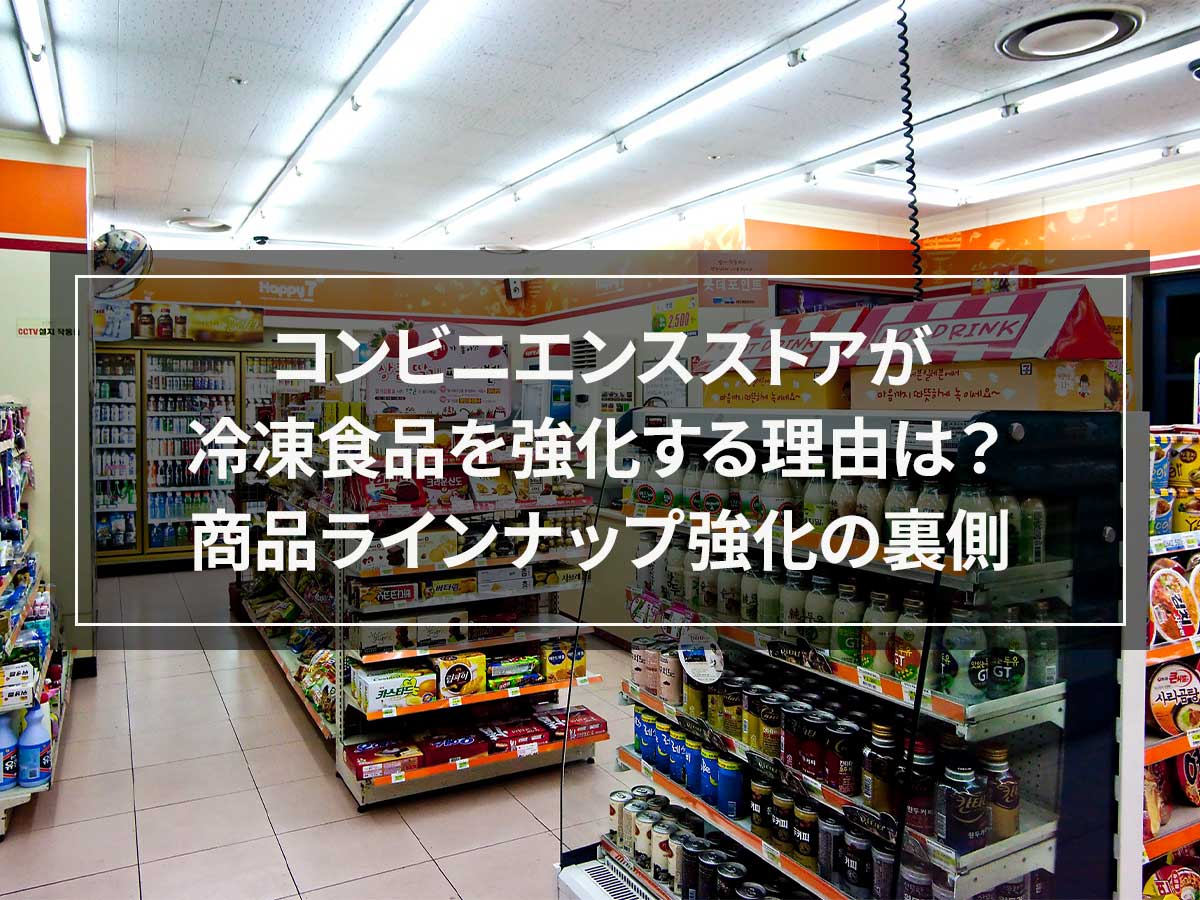
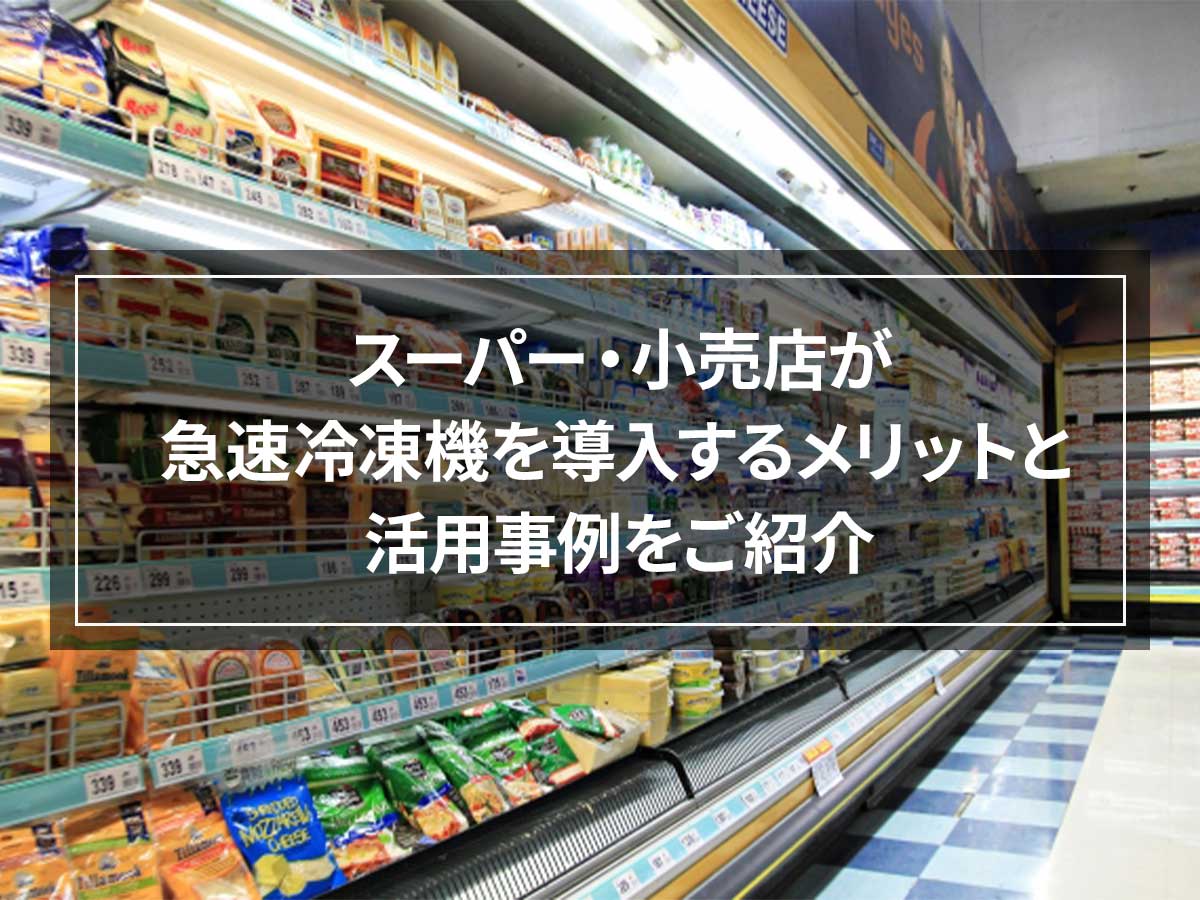
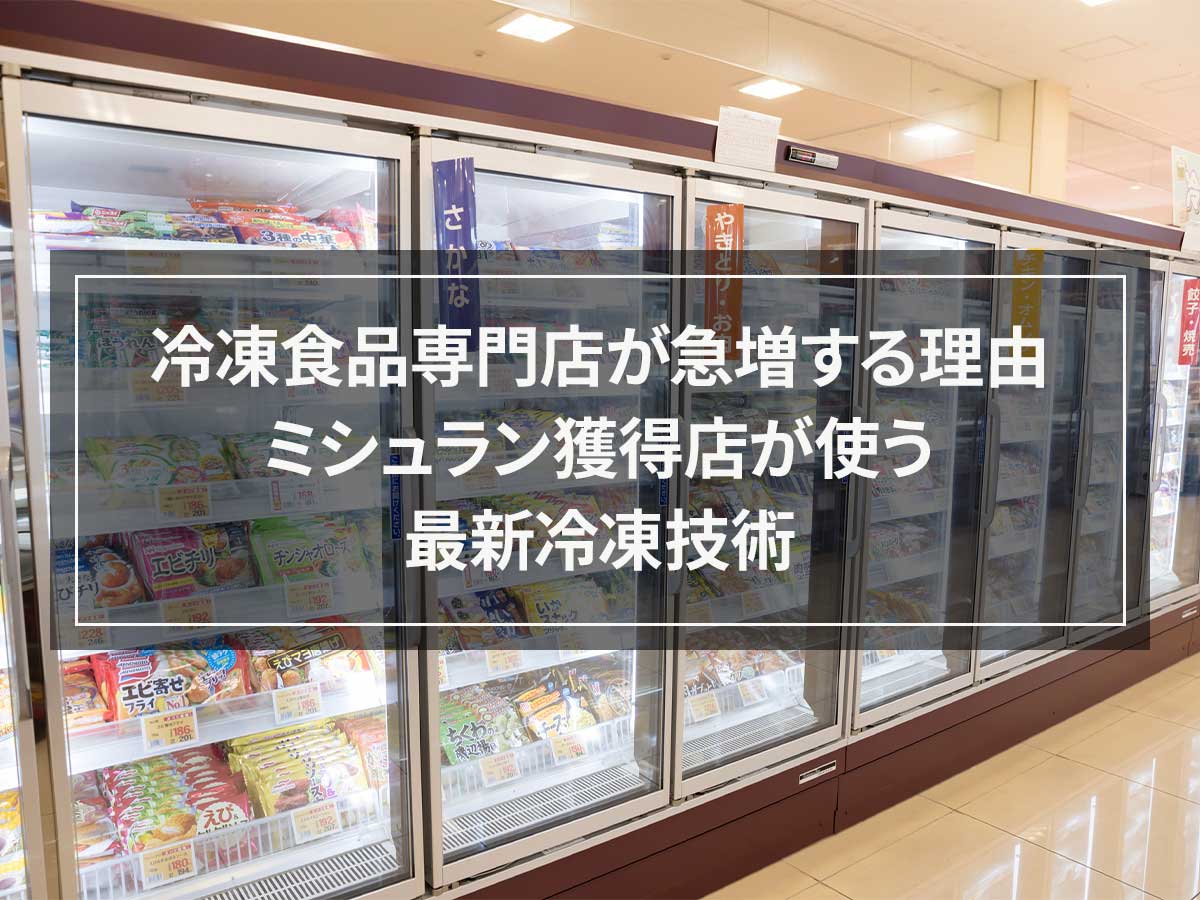
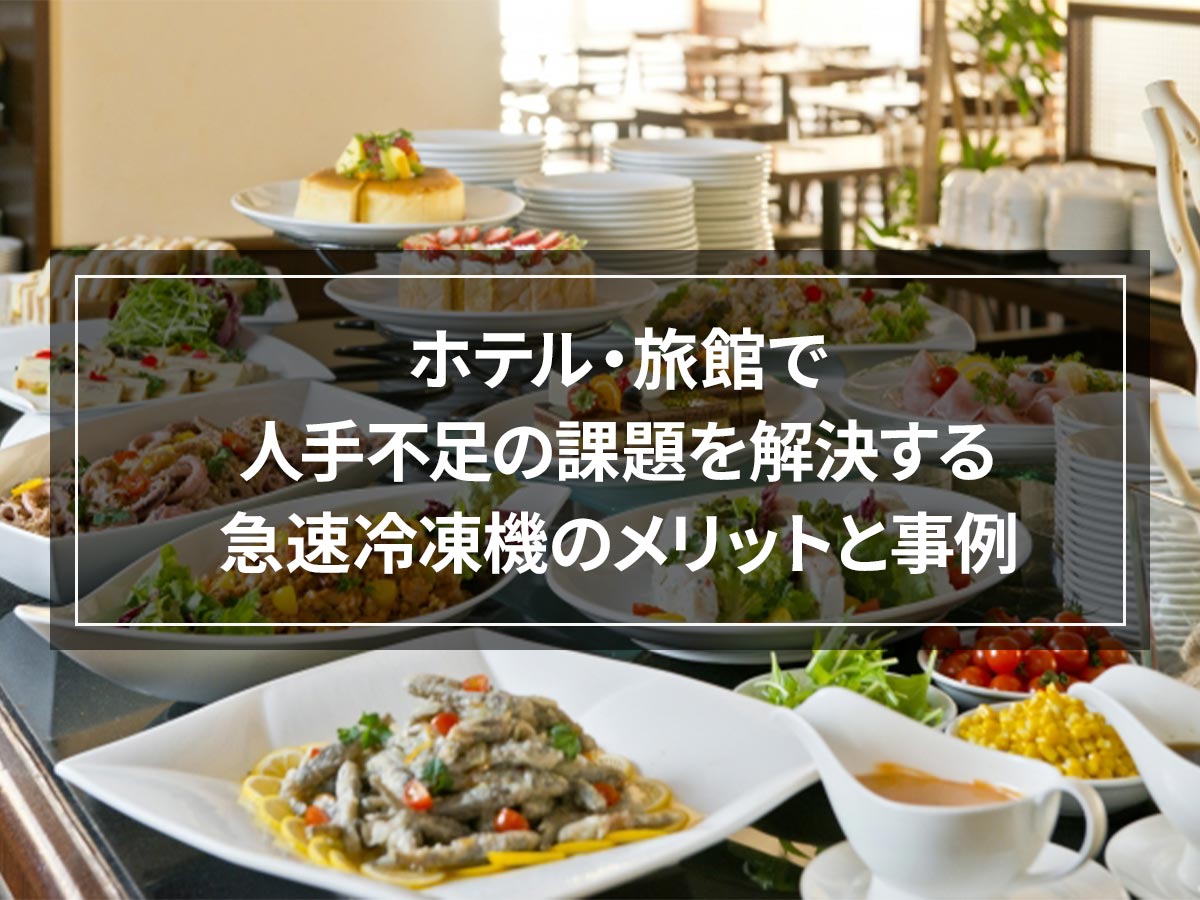
![[Great at sushi restaurants! ] How to increase sales by rapid freezing sushi](https://shunkashutou.com/wp-content/uploads/2016/04/0d3e7f8a3cefa0aefe0a8452e414db21.jpg)
![[Solving issues in the retail industry] Liquid freezing machines that should be introduced in supermarkets](https://shunkashutou.com/wp-content/uploads/2015/09/60172f0f261fd750c4016165c3c56cc8.jpg)
![[Must-see for bakers] 6 reasons why bakeries should use rapid freezing](https://shunkashutou.com/wp-content/uploads/2021/02/f92a102c9d3cc8c63dc7e509ce6d35d2.jpg)
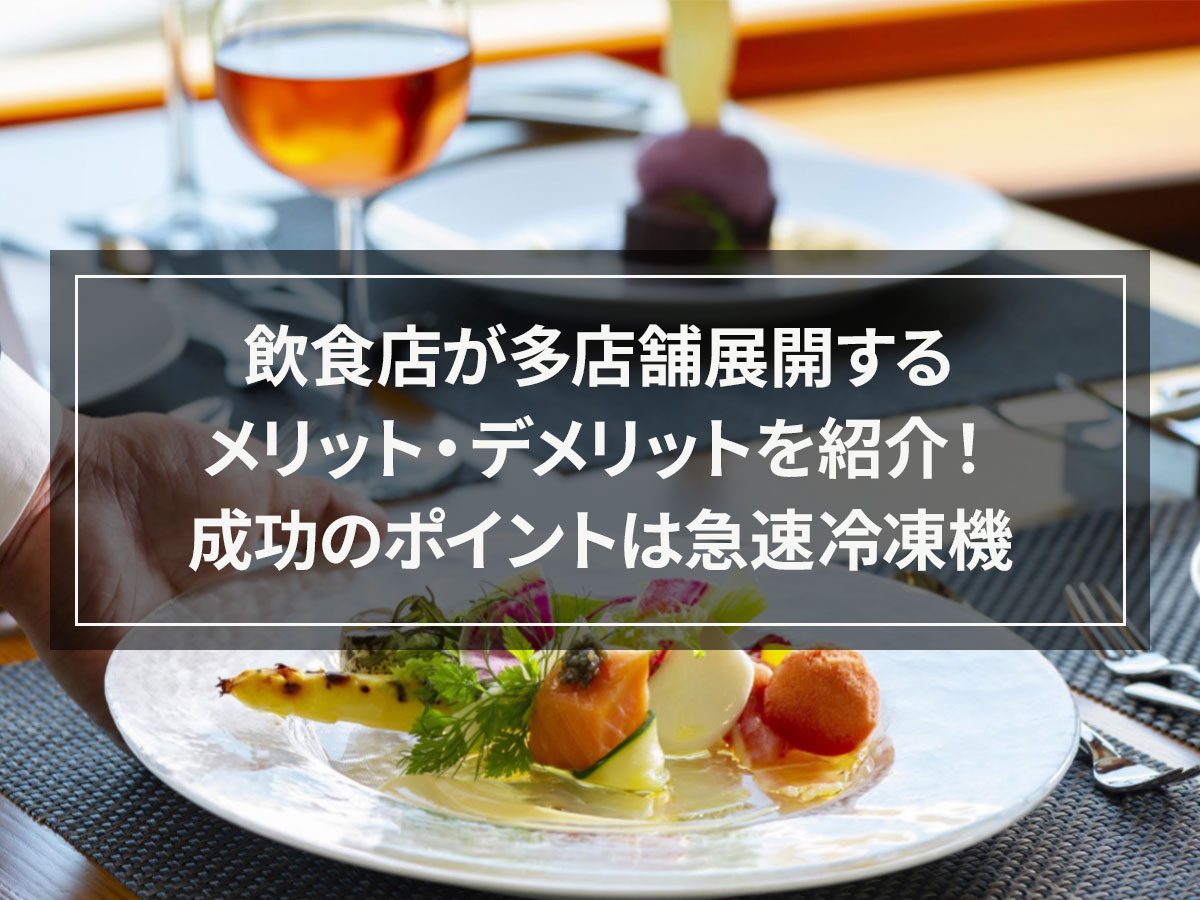

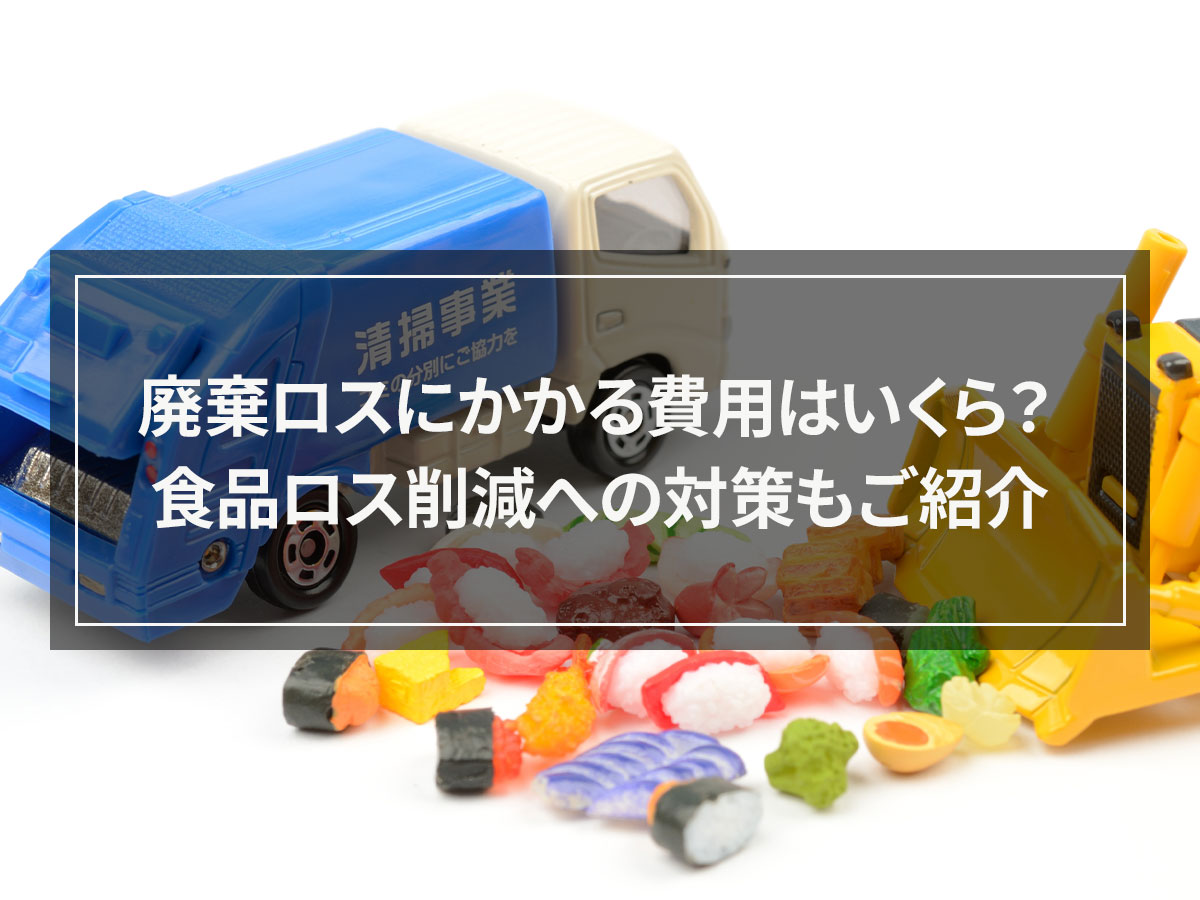
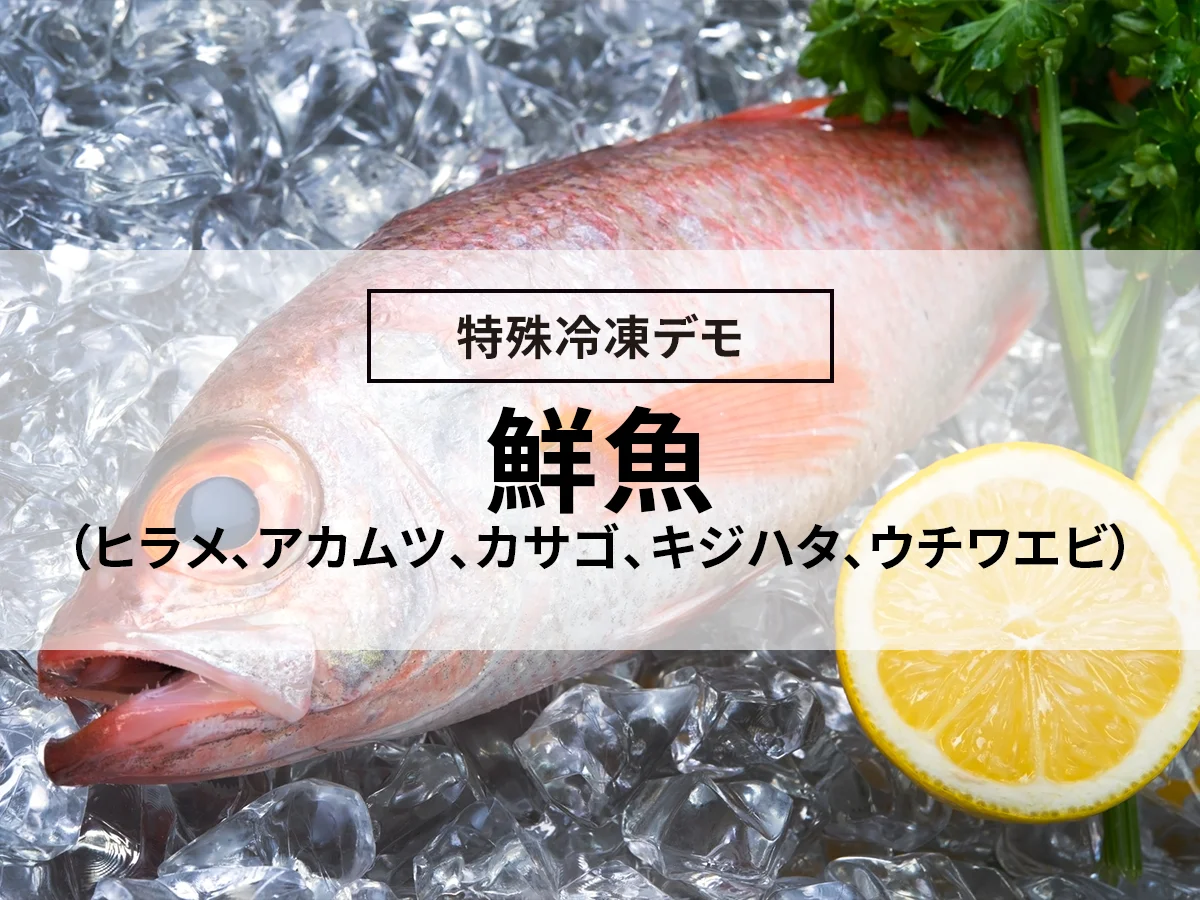
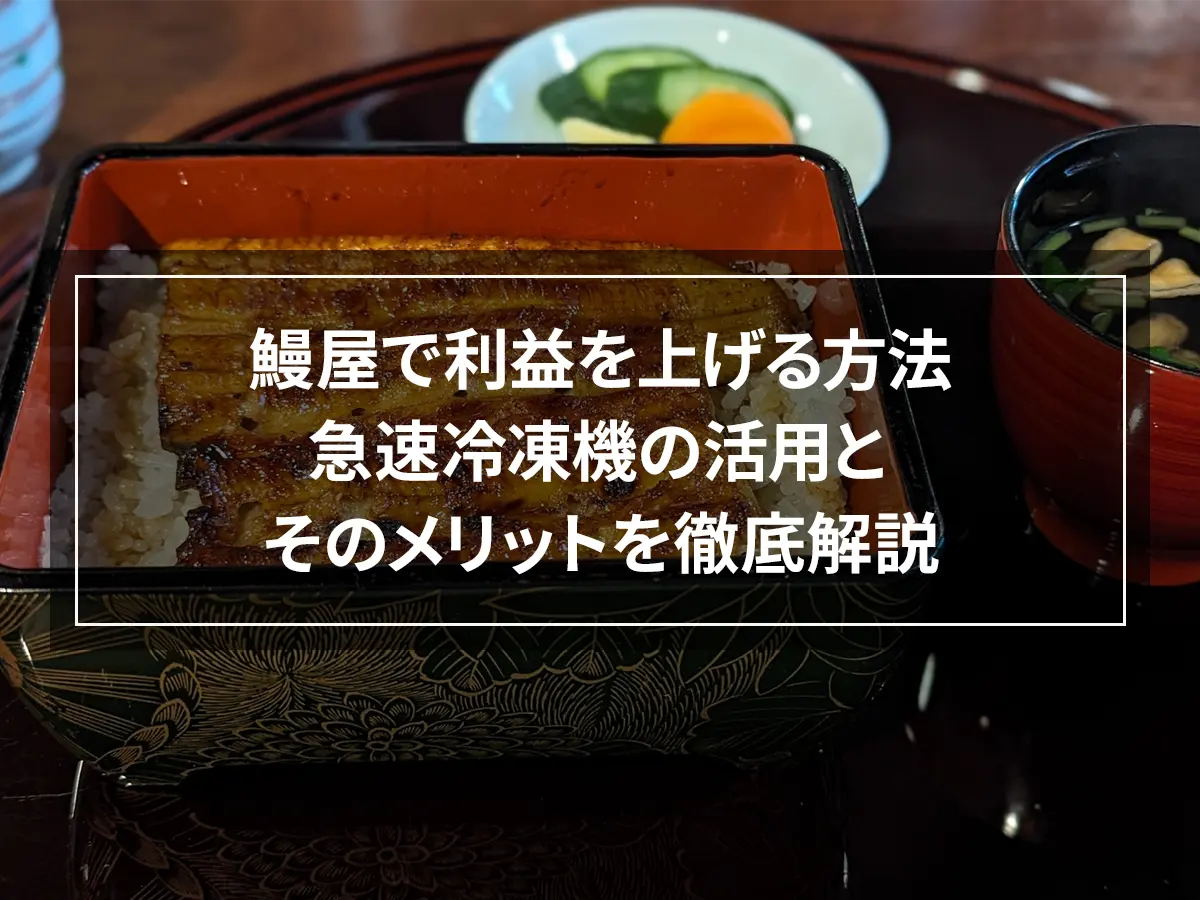

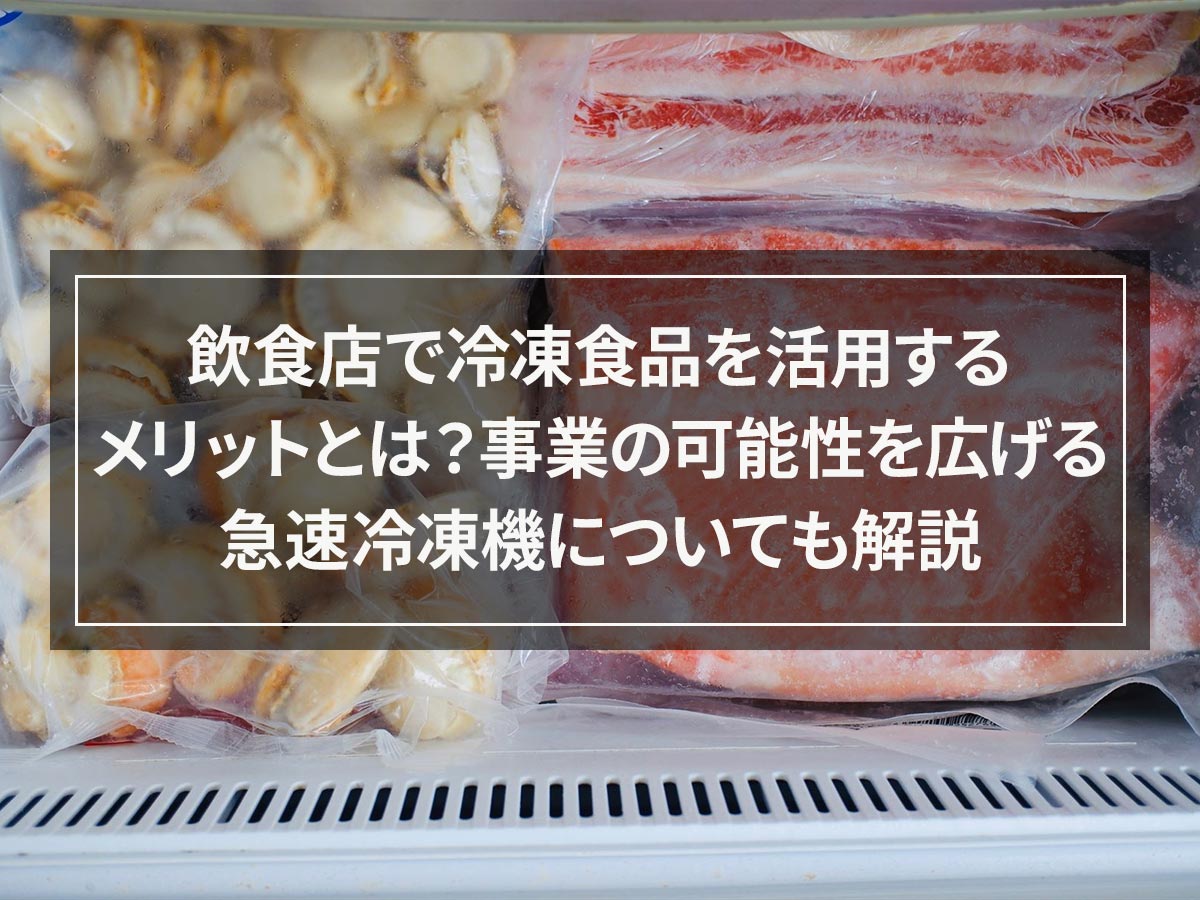
![[Explanation with photos! ] How to freeze green beans, storage period, and 5 recipes](https://shunkashutou.com/wp-content/uploads/2023/09/f3dbbe5b1d05a50f514a833efdceced9.jpg)
![[Recommended for lunch boxes too! ] Introducing recipes and methods for freezing pasta!](https://shunkashutou.com/wp-content/uploads/2023/10/93f66b71b92cbe1085d41c4ed80d7726.jpg)
![[Can it be frozen? ] Introducing how to freeze kamaboko and how to remake it](https://shunkashutou.com/wp-content/uploads/2023/09/6d2830823df2896a1601685353b0fdf5.jpg)
![[Should be frozen! ? ] How to freeze and thaw bread, 5 carefully selected recipes!](https://shunkashutou.com/wp-content/uploads/2023/10/4691acc32cab80284fa0cddf72d58e95.jpg)
![[Just the meat from the field! ] Introducing how to freeze tofu and meat imitation recipes!](https://shunkashutou.com/wp-content/uploads/2023/10/100675242-768x512-1.jpg)
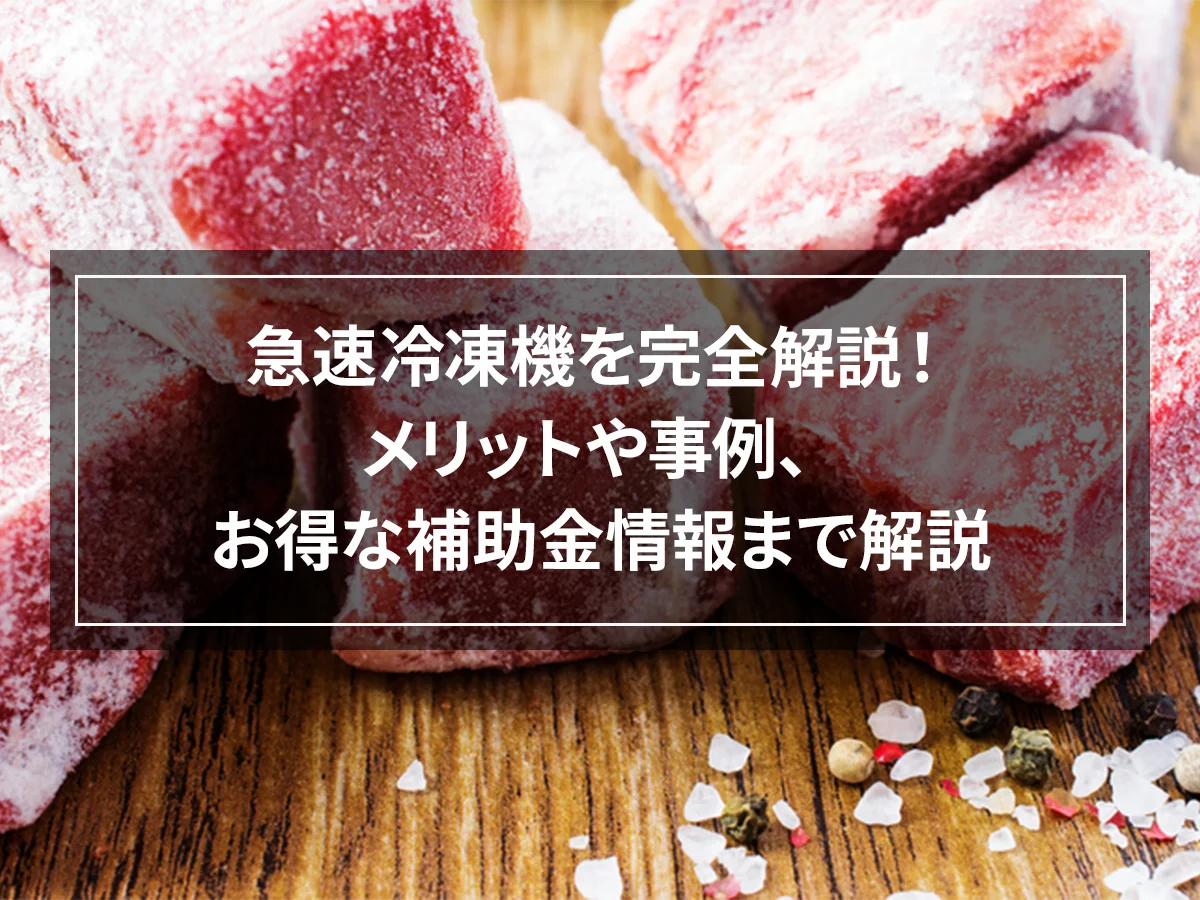


![[Solving freezing problems] Performance and price of Re-Joice Freezer](https://shunkashutou.com/wp-content/uploads/2015/06/c808eaf7291922d0d2620606010122fe.jpg)
![[Safely distribute delicious fish! ] Kill Anisakis with rapid freezing technology!](https://shunkashutou.com/wp-content/uploads/2016/03/99093c5fe8b0d716c39df907616e4a96.jpg)
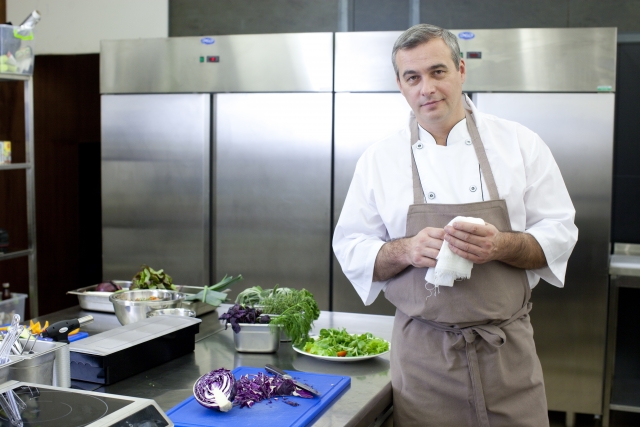


![[Thorough explanation! ] What is the distribution and cold chain that maintains the quality of frozen foods?](https://shunkashutou.com/wp-content/uploads/2016/11/ed15366b2a889239b39608c181587427.jpg)

![[Increase sales! ] Three reasons why ramen restaurants should install rapid freezer](https://shunkashutou.com/wp-content/uploads/2016/04/ra-men-reitou.jpg)

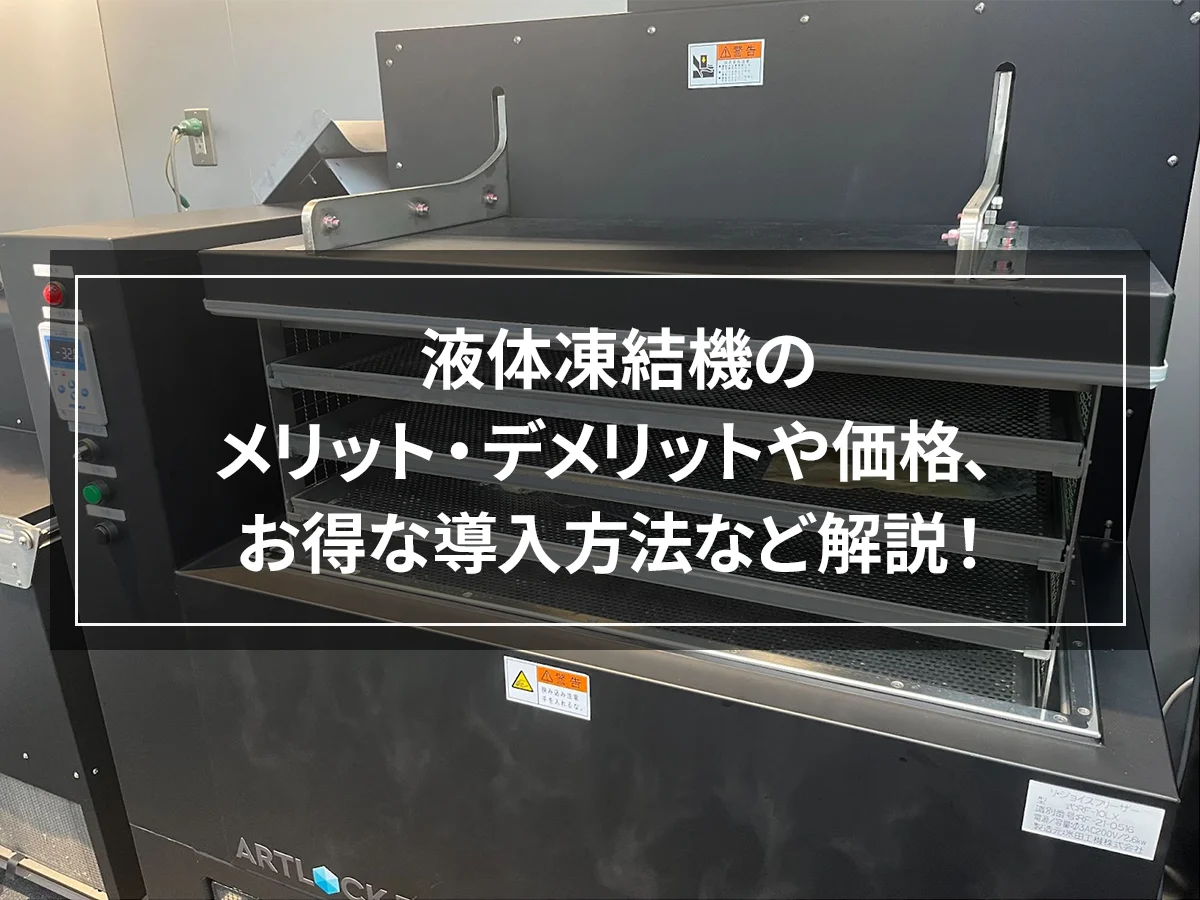
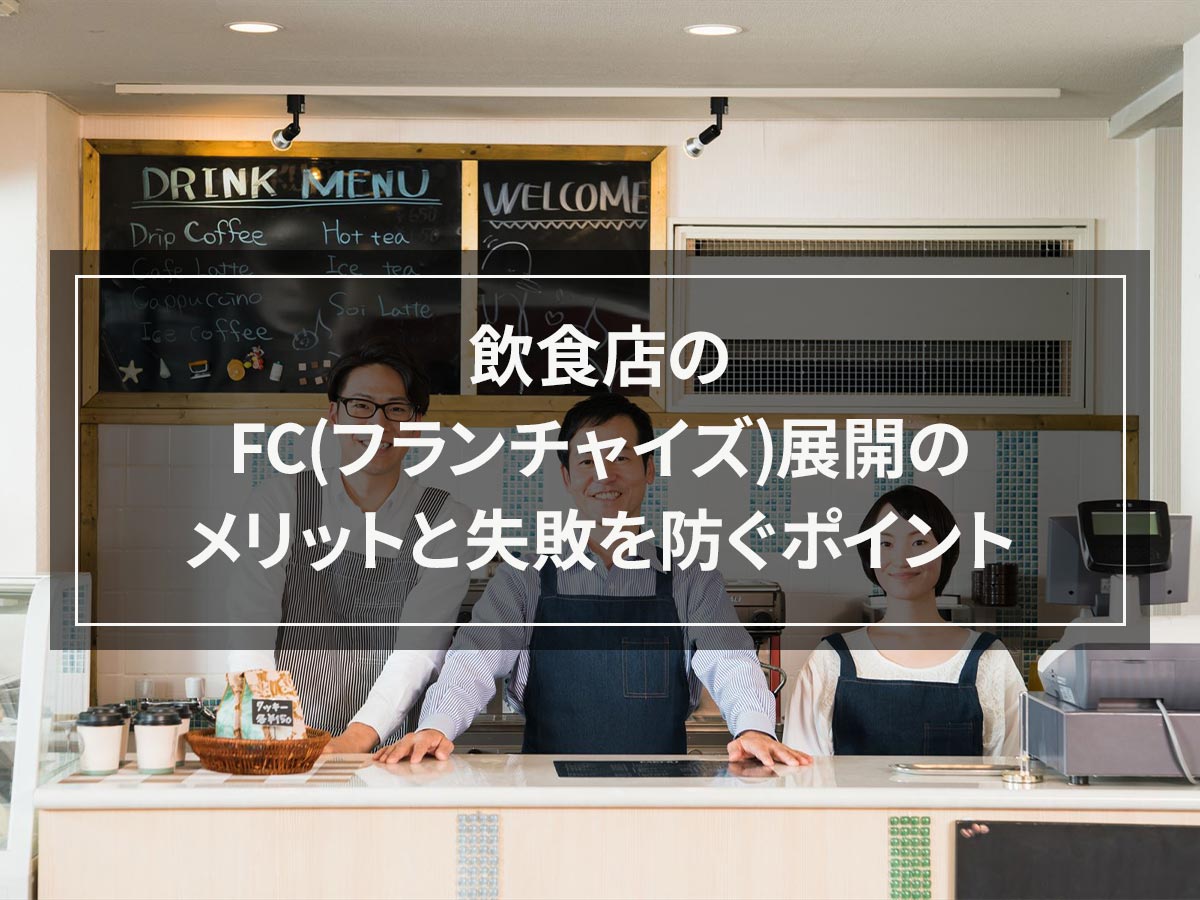
![Introducing recipes and methods for freezing spinach [Explanation with photos! ]](https://shunkashutou.com/wp-content/uploads/2023/10/spinachh-768x512-1.jpg)
![Explaining how to freeze Maitake mushrooms, their nutritional value, and recipes! [Explanation with photos! ]](https://shunkashutou.com/wp-content/uploads/2023/09/9face03809f7fcaf2e3599773b2e8c80.jpg)
![[Must-see for beginners] What's so great about rapid freezers? Easy-to-understand explanation of the mechanism and benefits!](https://shunkashutou.com/wp-content/uploads/2020/12/9abf7961bd75c2a2af6fb61767b4fdb1-1.webp)
![Introducing how to freeze and thaw whitebait, as well as recipes for its use [Full of nutrition! ]](https://shunkashutou.com/wp-content/uploads/2023/10/04d15012ec36f91a5574f63dfa9d4771.jpg)
![[Be good at saving money! ] Introducing the method and recipe for freezing fried rice](https://shunkashutou.com/wp-content/uploads/2023/10/mayo-tyahan-1024x768-1.jpg)

![[Can it be frozen? ] How to freeze fresh cream, storage period, thawing method and 5 recipes!](https://shunkashutou.com/wp-content/uploads/2023/09/1887f5bd8f2d7f9ef1d88754f2c5bcc4.jpg)
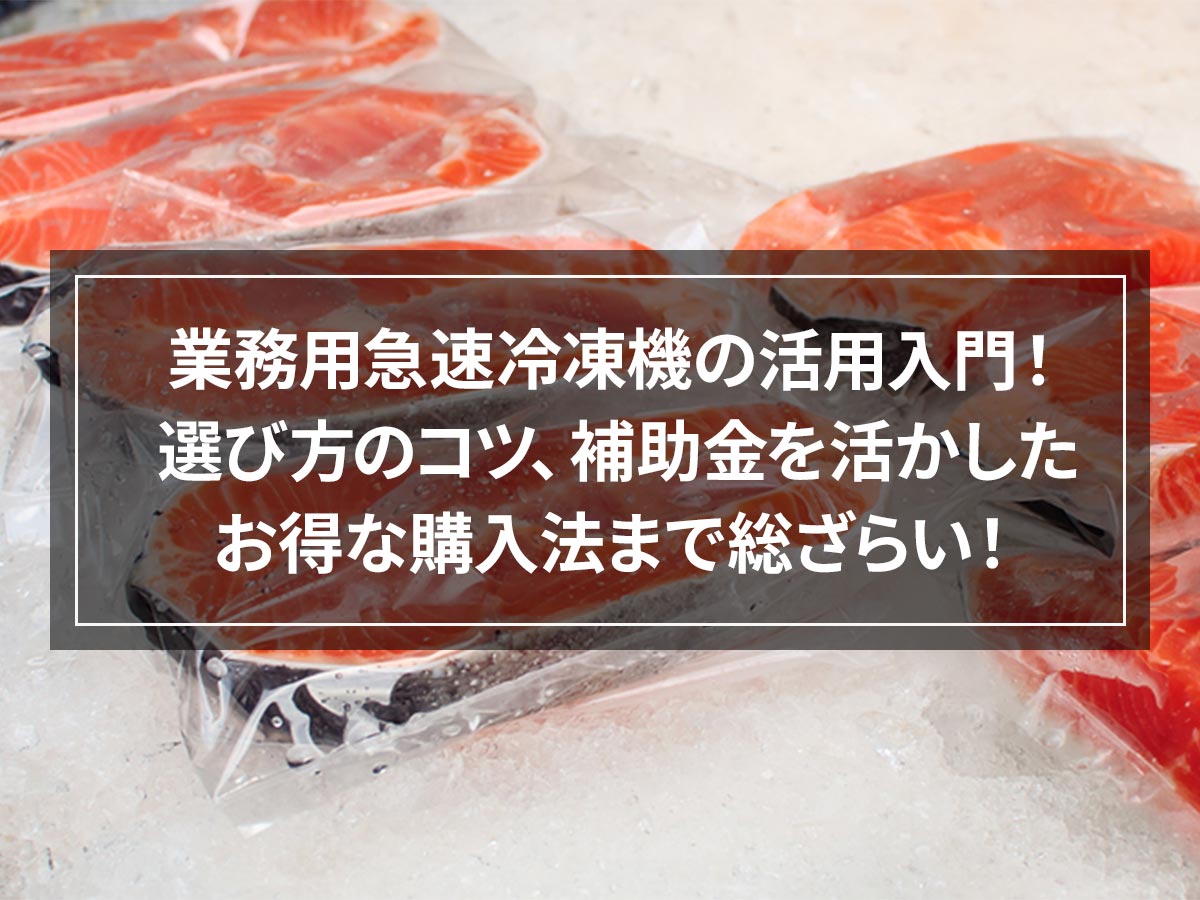
![[Restaurants/Restaurant] Advantages and success stories of introducing rapid freezer](https://shunkashutou.com/wp-content/uploads/2015/05/inshoku-article-eyecatch1.jpg)

![[Eliminating the labor shortage! ] Introducing the benefits of the cook-freeze system!](https://shunkashutou.com/wp-content/uploads/2018/12/95e9f56fecc5fd995cb205bd5b13596c_s.jpg)
![[Improve customer satisfaction] What can be solved by introducing rapid freezer at a lunch box delivery company for the elderly?](https://shunkashutou.com/wp-content/uploads/2016/08/dummy-related_02.jpg)
![[Delicious food] Solving nursing home management issues with freezing and cooling technology](https://shunkashutou.com/wp-content/uploads/2016/05/7cabe275da8be8736f4496b952bde332.jpg)

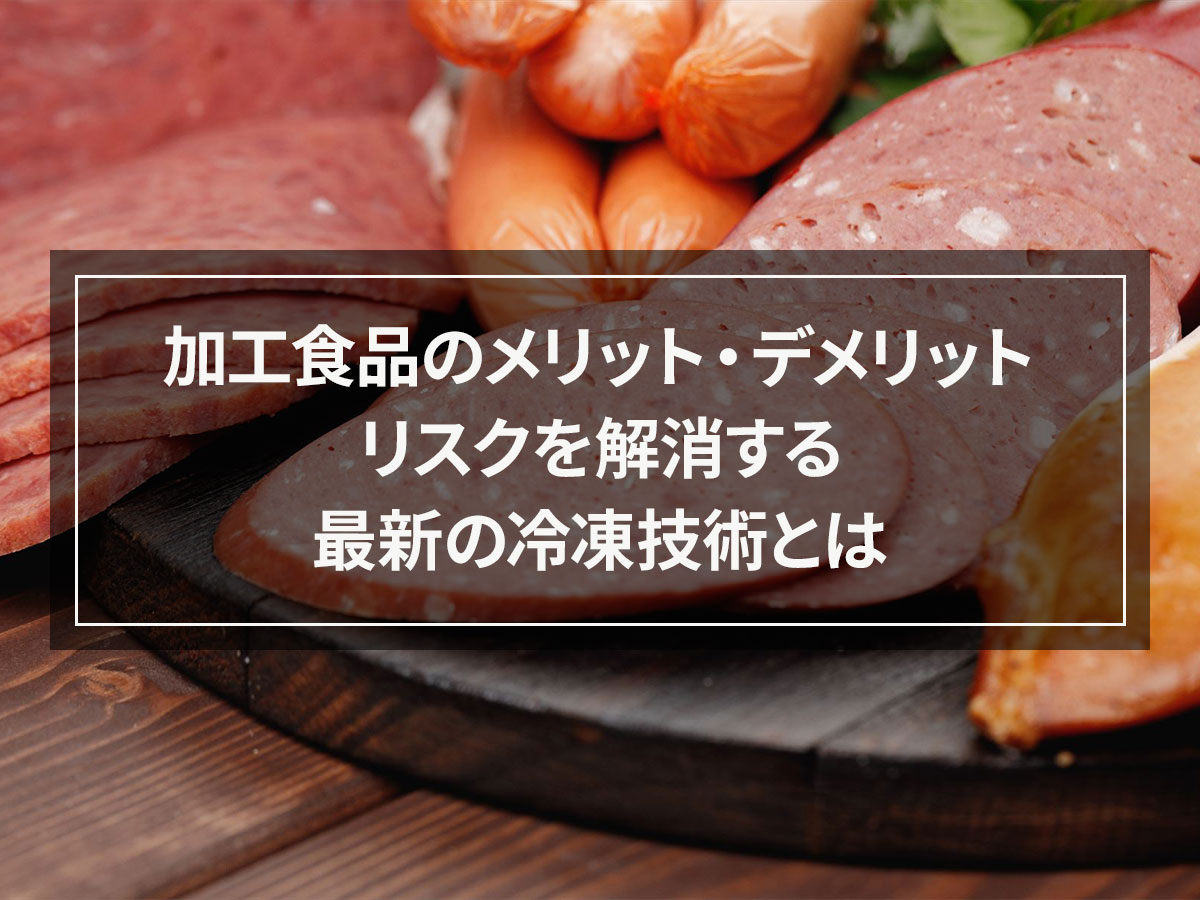

![[Instant cooling at -196℃] What's up with cooling equipment that uses liquid nitrogen?](https://shunkashutou.com/wp-content/uploads/2015/07/4b219d54bd662f10cbae6ea211f612dd.jpg)




